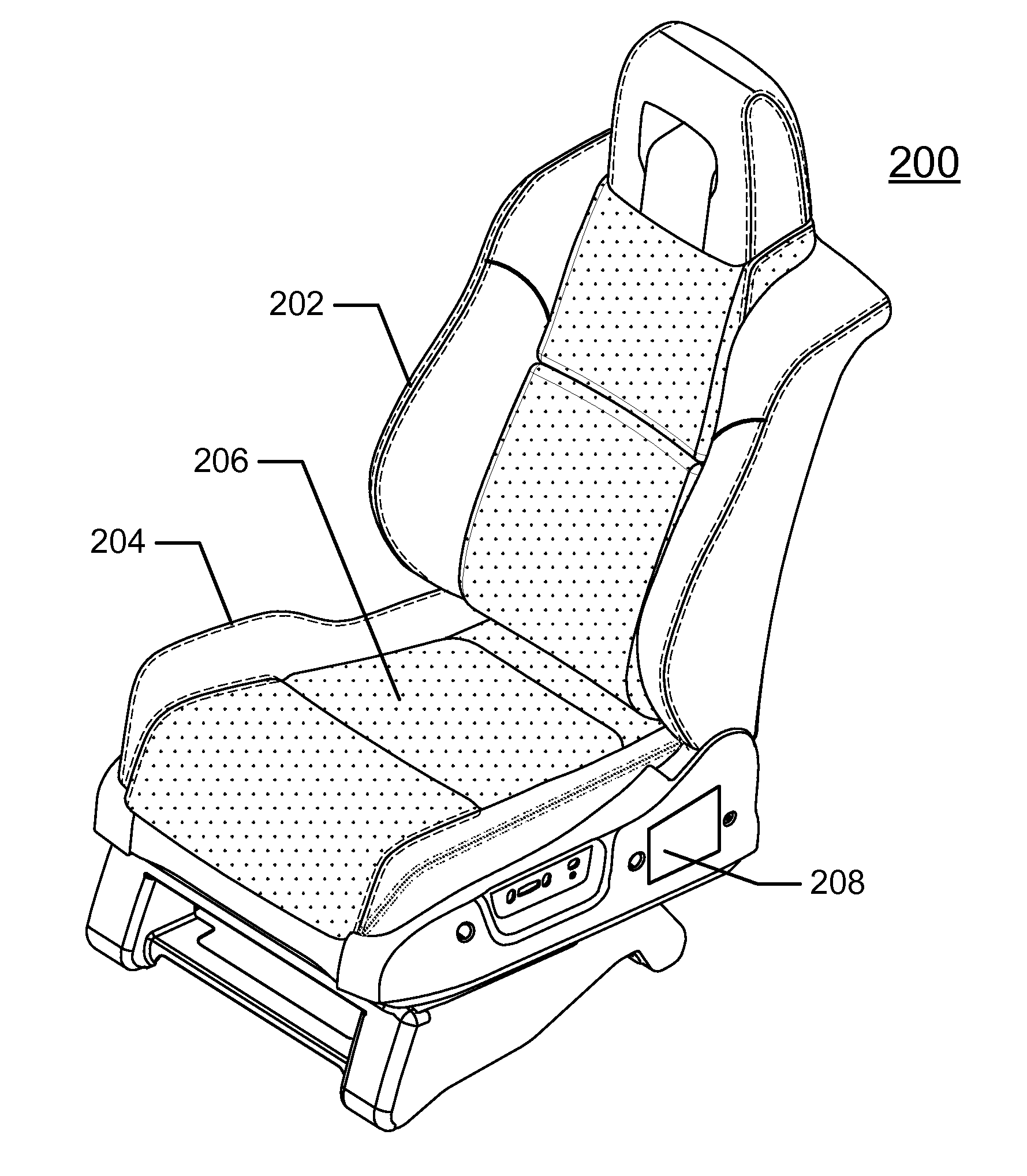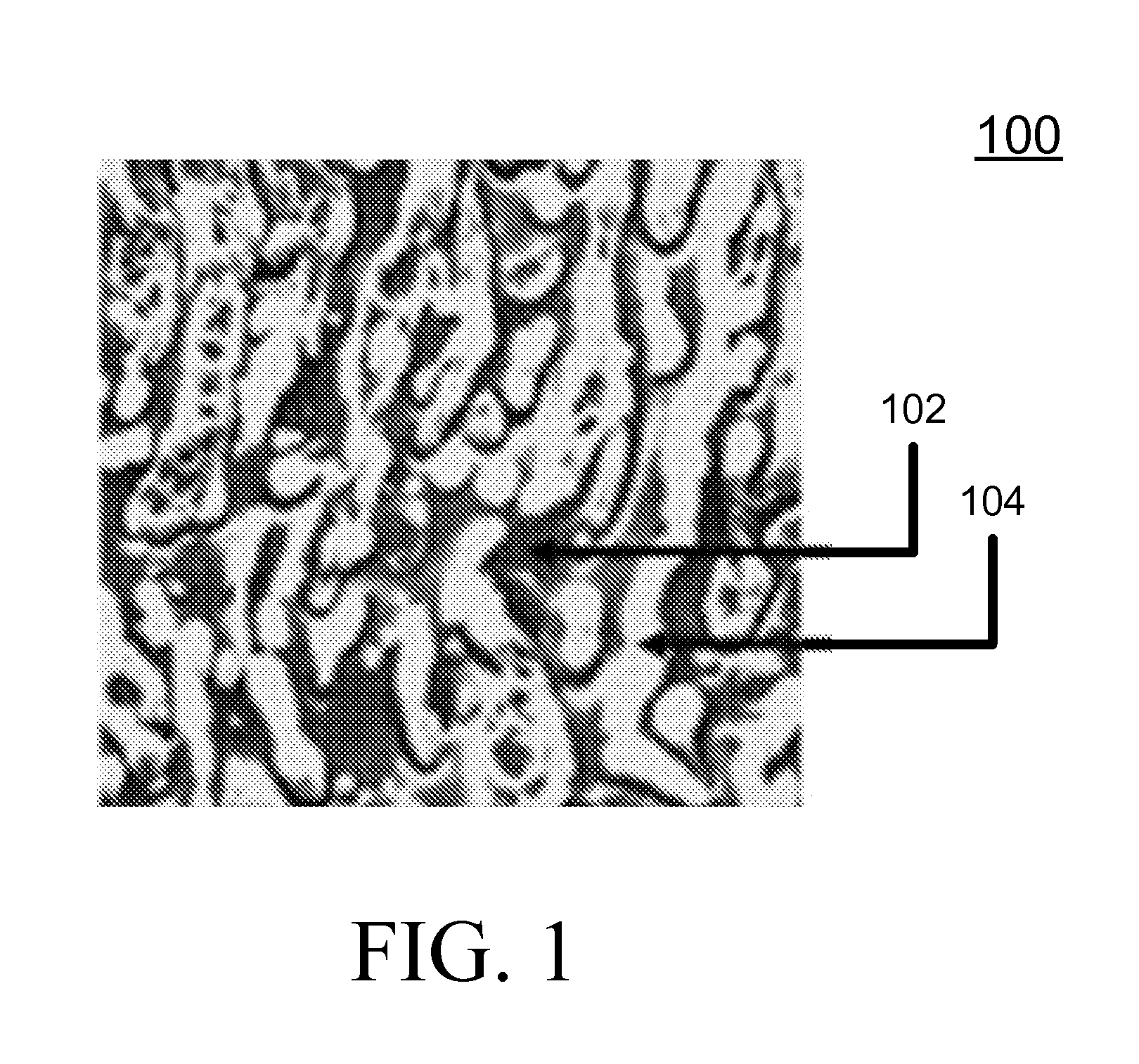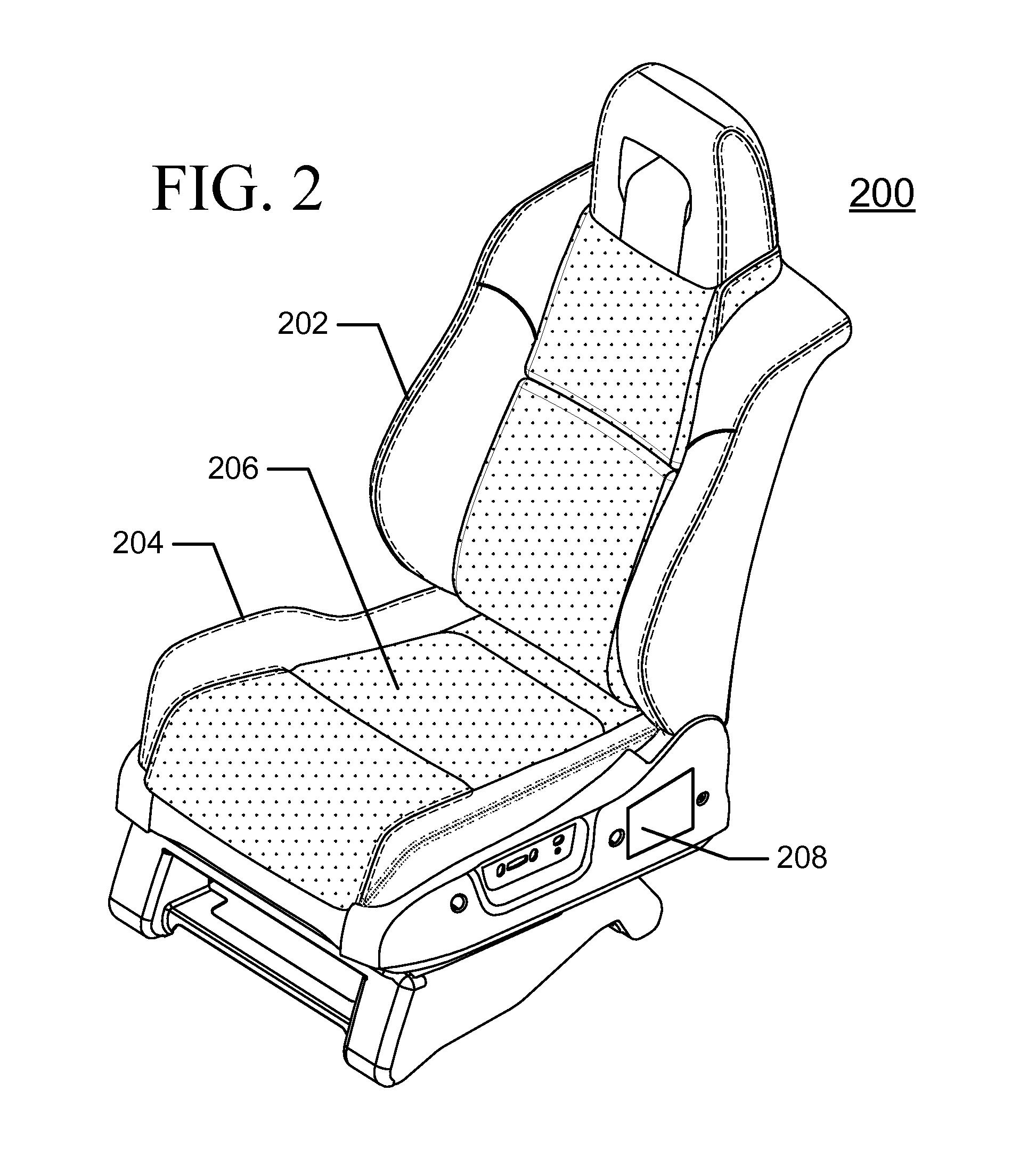Controlled dissipation of electrostatic charge
a technology of electrostatic charge and controlled dissipation, which is applied in the direction of electrostatic charge, electric/fluid circuit, vehicle components, etc., can solve the problems of uncontrollable esd and pain and danger, small but recognized risk of accidental fire at fueling stations, and unpleasant rapid discharge of accumulated charge, so as to facilitate safe discharge of personal energy, suppress uncontrollable esd and associated pain and danger, the effect of reducing the risk of fir
- Summary
- Abstract
- Description
- Claims
- Application Information
AI Technical Summary
Benefits of technology
Problems solved by technology
Method used
Image
Examples
Embodiment Construction
[0019]The triboelectric effect (also known as triboelectric charging) is a type of contact electrification in which certain materials can become electrically charged when they come into contact with another material and are then separated (such as through rubbing or sliding). The polarity and strength of the charges produced differ according to the materials, surface roughness, temperature, strain, and other properties.
[0020]Given the number of factors that determine the nature of triboelectric charging from the interaction of particular materials, the results for any particular combination and contact scenario are not readily predicted, so only broad generalizations can be made with reasonable confidence. Introductory physics classes have long demonstrated this property by, for example, rubbing an amber rod with a dissimilar material such as wool. Other examples of materials that can acquire a significant charge when rubbed together include glass rods rubbed with silk or hard rubbe...
PUM
 Login to View More
Login to View More Abstract
Description
Claims
Application Information
 Login to View More
Login to View More - R&D
- Intellectual Property
- Life Sciences
- Materials
- Tech Scout
- Unparalleled Data Quality
- Higher Quality Content
- 60% Fewer Hallucinations
Browse by: Latest US Patents, China's latest patents, Technical Efficacy Thesaurus, Application Domain, Technology Topic, Popular Technical Reports.
© 2025 PatSnap. All rights reserved.Legal|Privacy policy|Modern Slavery Act Transparency Statement|Sitemap|About US| Contact US: help@patsnap.com



